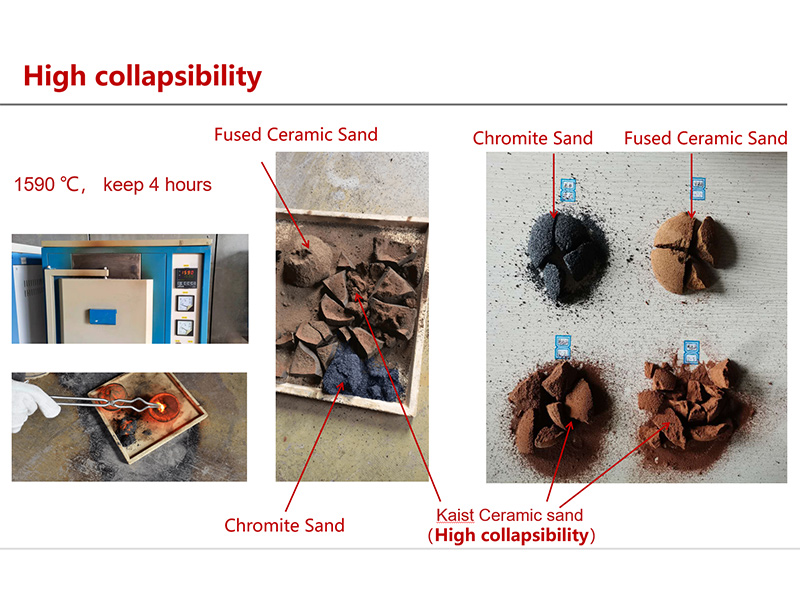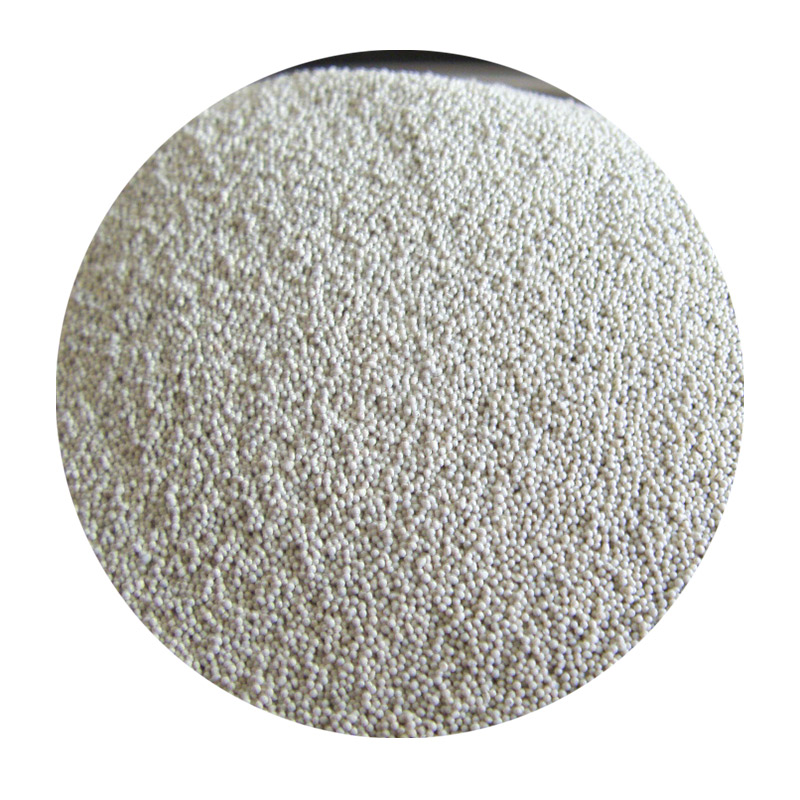Sanding ceramic materials is a delicate task that requires precision, patience, and the right techniques. As someone with extensive experience in the field, I've learned that the key to perfect ceramic sanding lies in understanding the inherent properties of ceramics and the tools best suited for the job. Ceramics are hard, brittle materials that challenge even the most seasoned expert, but with the right knowledge, one can achieve smooth, professional finishes that enhance the aesthetic and functional value of ceramic products.

The first step in sanding ceramics is selecting the appropriate sandpaper. This isn’t just about choosing the right grit but also understanding the abrasive material. Silicon carbide sandpaper is the preferred choice for ceramics due to its sharp cutting abilities and effectiveness on hard surfaces. Starting with a lower grit, such as 200, helps address larger imperfections, gradually moving to higher grit such as 400 or even 600 for a fine finish.
It's essential to maintain a consistent pressure while sanding, as uneven pressure can lead to unsightly gouges or fractures in the ceramic surface. Employing a circular sanding motion ensures an even distribution, minimizing the risk of damaging the product. Additionally, using a block or a backing pad can aid in maintaining uniform contact and control.

For those who prefer power tools, orbital sanders present an excellent choice. They offer speed and efficiency but must be used with caution. A variable speed setting is beneficial, as it allows one to tailor the sander's speed to delicate tasks. Always start with a slow speed to assess the impact before accelerating to a higher setting.
sanding ceramic
Safety is another vital component of sanding ceramics. Dust generated from ceramic sanding can be hazardous if inhaled, emphasizing the importance of wearing protective masks. Goggles should also be worn to protect the eyes from fine particles that might cause abrasions or irritation.
From a professional standpoint, the expertise required in this task extends beyond merely understanding materials and tools. It requires a commitment to quality and safety, ensuring that each piece is crafted to perfection while safeguarding the artisan's health. Trust in the process and one's own skills grows with each project, creating a cycle of improvement and refinement.
Utilizing these insights and techniques not only enhances the quality of work but also builds credibility and authority in the field of ceramic crafting. The meticulous care given to sanding ceramics reflects one's mastery and dedication to the craft, resulting in a final product that boasts both functional utility and beauty. Through sharing real-world experience and continued learning, the art of sanding ceramics evolves, inspiring confidence and awe in its craftsmanship.
Post time:Jan . 06, 2025 15:54
Next:sand ceramic
